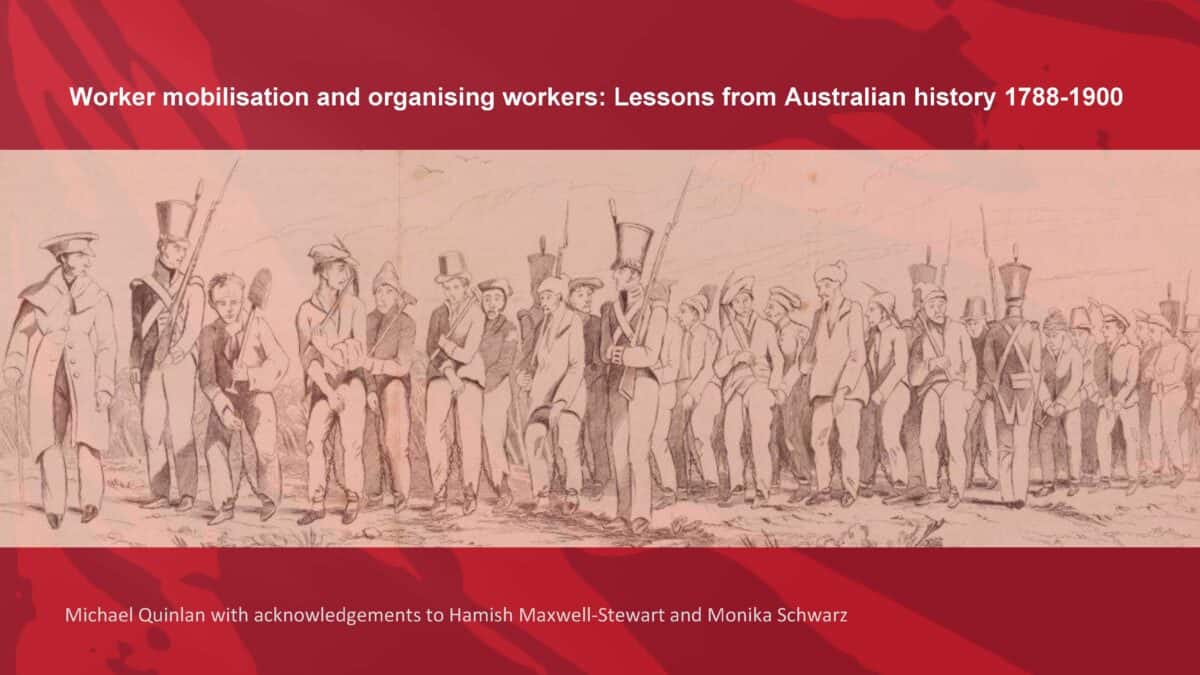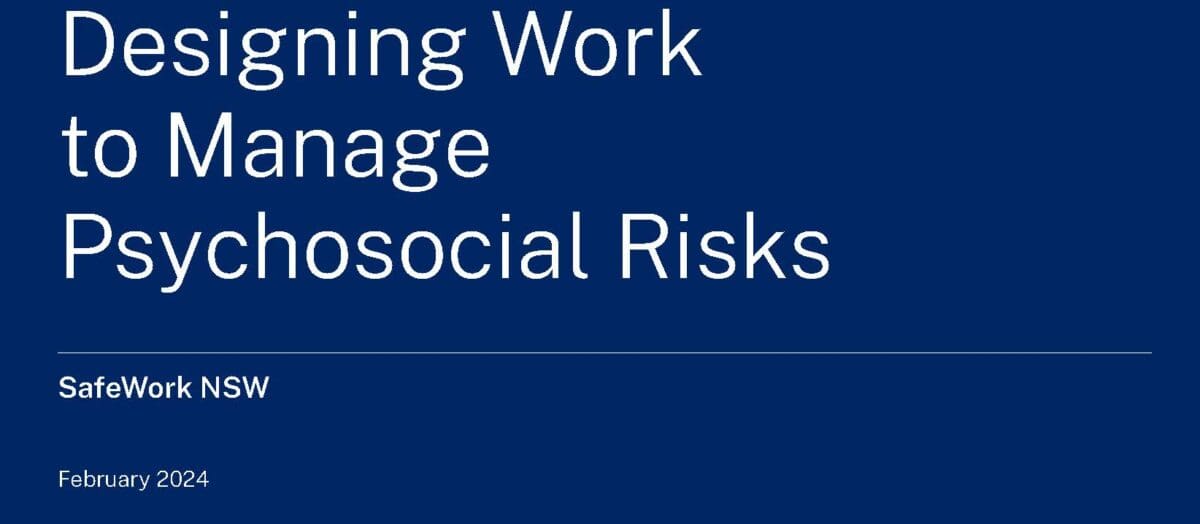Worker mobilisation and OHS
Occupational health and safety (OHS) professionals, like anyone else, base their decisions and advice primarily on their living memory. This partly explains the trend of emphasising “lived experience” sometimes over history or research. But it is understandable that we trust experiences from people face-to-face over what we read or what Grandad sort-of remembers from his …







